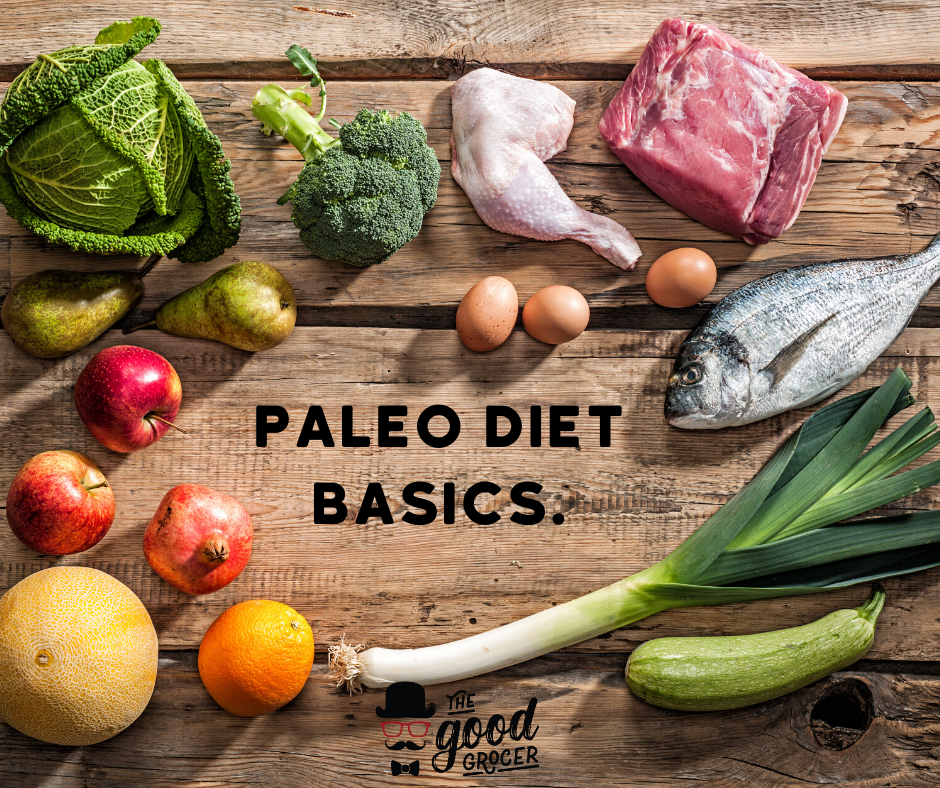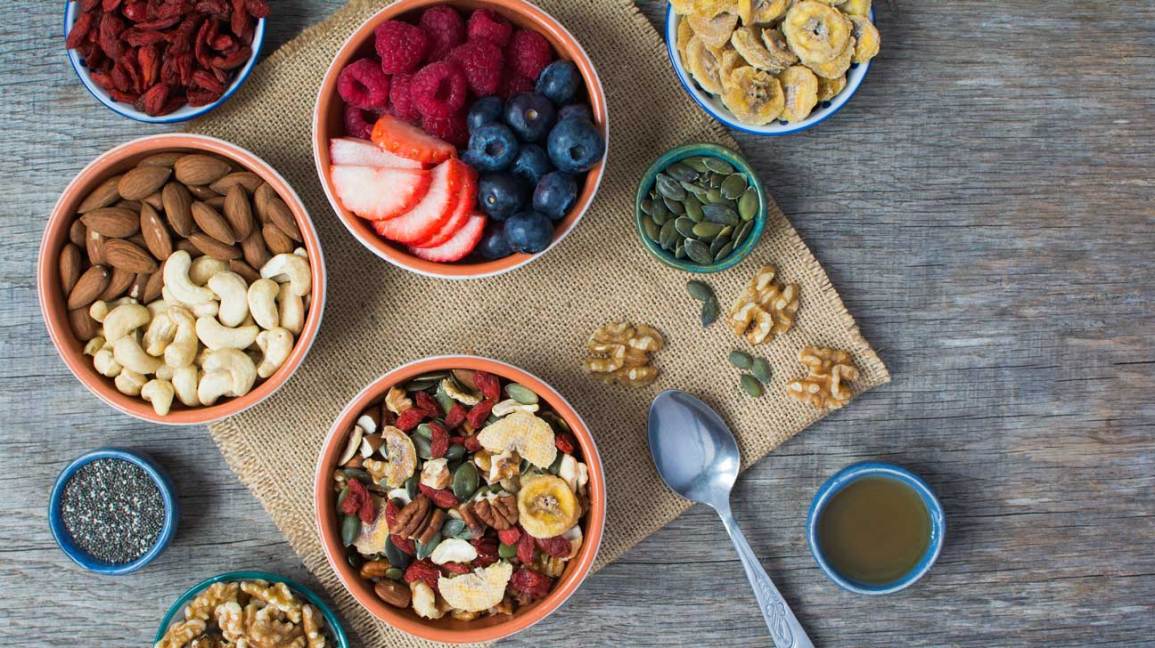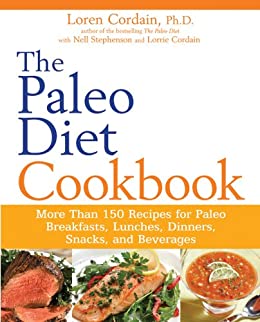
The paleo diet emphasizes eating food that our ancestors would have eaten. This diet includes foods like apricots, dried pumpkin seeds, and banana with almond butter. It is also filled with chicken, sweet potatoes, and vegetables. EatingWell understands that the paleo diet can be restrictive. However, they believe in the value of certain foods. Here's a discussion on which foods you can eat while still following a healthy eating plan.
Pola Makanan Paleolithic Manusia
Christina Warinner, Ph.D., studied pola makan manusia purba and mitos-mitos pola makanan paleolithic manusia in 2010. She reveals that manusia Paleolithic manusia was a large consumer of daging and enjoyed all kinds of meat. This myth was once widely believed by paleolithic humans, but it has been discredited and is no longer relevant.
The diet of paleo (also known as the diet manusia-gua) is a way to eat like what manusia.gua and other people used to eat. They help preserve their heritage and improve their kesehatan. But, not everyone can eat this diet. It is not for everyone, and is suited for only a limited number of people.
The Ramasokat lukisan is composed of two types kelompokan: Ceruk and Lukisan Gua. They were first cultivated in Liabalano, Sulawesi Tenggara, and Liabalano. The lukisan gua has a combination of proteins, fats and carbohydrates. These nutrients promote healthy living and may help us understand human evolution.

The modern diet has many benefits, but it also comes with risks. People who eat foods richer in nutrients like those found in Paleolithic Era have a higher risk of developing diseases. Clean eating will help reduce your risk of disease. Clean Eating is a diet that promotes healthy eating. Eating this way has obvious benefits. A low-fat diet can improve your health and prevent you from becoming sick.
Paleolithic diet allows certain foods
Many foods found in processed food contain added sugars, vegetable oils, and artificial sweeteners, which can be detrimental to your health. Overeating and excessive consumption of refined sugars can lead to obesity. High levels of salt can also cause heart disease. Vegetable oils are also controversial; the American Heart Association recommends safflower or corn oil as replacements for canola oil. These oils contain high amounts of omega-6 fat acids.
Many commercial paleo diets restrict dairy products to a minimum, while others have stricter restrictions. A paleolithic diet allows for lean pork loin, roasted chicken, onion and carrot stuffing, as well as steamed broccoli. Other paleo plans allow limited amounts of honey or maple syrup. The benefits of this diet have been supported by scientific research at varying levels.
Legumes, which are high in phytic acid, should be avoided by paleo-lovers. These substances block the absorption from the gut of essential minerals. They may be permitted in some instances. It's tempting to eat beans and potatoes but it's not recommended that you do so as often as other processed foods. It is better to include lots and plenty of fruits & vegetables in your daily food plan.
Guidelines for eating paleolithic food
While the Guidelines for Eating the Paleolithic Diet differ from modern food, they both follow the same principles. The Paleolithic diet was primarily made of animal products. However, it is also rich and varied in plants. There are very few restrictions. You should be aware that this diet may not suit your genes and may cause you to consume more meat than necessary. If you think that you might benefit from a Paleolithic diet, you should proceed with caution.

Paleolithic diets are known to exclude dairy products. This could put you at risk of nutritional deficiency. A deficiency or lack of calcium in your diet can lead tooth decay. This could have a negative impact on your teeth and bones. Calcium also plays a key role in blood Clotting and Muscle Contracting. Whole grains are also less likely to develop heart disease, stroke, or type 2 diabetes. However, because grains were largely eliminated, you may find yourself at risk for calcium deficiency.
There are many principles that guide Paleolithic food choices. It encourages the consumption of nutrient-rich foods and protein, while limiting carbohydrates and processed foods. It is important to adhere to the guidelines so that you don’t get carried away. Remember that a paleolithic diet is different for every individual. It is important that you understand that the Paleolithic lifestyle was common 10,000-12,000 years ago.
FAQ
Which is the best method to store leftovers?
Tupperware containers work well for leftovers. These containers preserve food freshness and stop odors from developing. They also keep foods warm for longer. Leftover food can be frozen in freezer bags. To prevent air from escaping, freeze food in a bag. Once the food is frozen place it in an airtight container, such as a zip lock bag.
What skills is required to attend culinary school
You must have the ability to cook well and work under pressure. To learn how to cook, you should take cooking classes at your local high school or community college. After you have learned the basics, you can apply for jobs in a restaurant or catering business.
How long does it take to become chef? What is the average career path?
A chef's career takes about five years. During this time, you will study basic cooking techniques and gain experience working as a kitchen assistant. When you finish your training, you can apply for positions as a line cook, sous chef, or executive chef. The annual average salary of a chef is $25,000-$60,000.
How can I get hired as a cook?
You can get a job as a cook through word of mouth. You might be able to find out about a restaurant looking for additional staff through your family and friends. Also, restaurants often advertise openings on bulletin boards and websites.
Do I have to learn how to cook with my children?
Yes! Yes, kids love to help in kitchen. It's a fun activity that teaches them responsibility and teamwork. From washing vegetables to chopping onion, children can help. If your children follow safe practices when handling knives, they will enjoy helping you cook.
What Are the Requirements To Be a Chef?
A bachelor's degree in culinary art is necessary to become a professional chef. A series of tests must be passed by the ACF. A certificate will verify your qualifications once you have met all of these requirements.
Statistics
- According to the BLS, chefs earn $58,740 a year. (learnhowtobecome.org)
- In the United States, the category is estimated at $23.2 billion annually and is growing faster than the market. (washingtonpost.com)
- under 10 Kids have been taught that there is special food just for them, and Fiese says that 10 percent of kids will throw a tantrum if they don't get the food they want. (washingtonpost.com)
External Links
How To
How to cook your steak
The thickness of any meat will dictate the cooking method. Thicker steaks should be cooked over low heat. Thicker steaks will need to cook at higher temperatures.
You should also ensure you don't overcook them because they'll lose flavor. And remember always to remove the steak from the pan when it's done - this way, you won't burn yourself.
Cooking time will depend on the size of your steak and the desired level of doneness. These are some guidelines:
Medium Rare: Cook until medium-rare, which is when the internal temperature reaches at least 145degF (63degC). This process takes between 3 - 5 minutes per side.
Medium: Cook until medium. This means that the internal temp has reached 160 degrees F (71 degrees Celsius). This usually takes only 6 minutes per side.
You are done when the internal temperatures reach 180°F (82°C). This takes between 8 and 12 minutes per side.